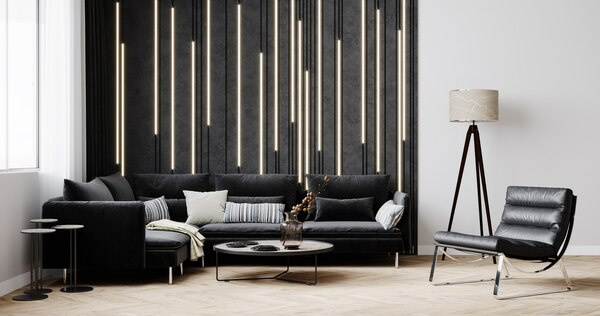The Art of Minimalist Décor
Minimalist décor, a style characterized by simplicity and functionality, has gained immense popularity in recent years. This design philosophy is based on the principle of "less is more," focusing on creating a calm and uncluttered space that emphasizes the essentials. By reducing clutter and choosing quality over quantity, minimalist décor encourages a serene and organized environment that can enhance both living spaces and mental well-being.
One of the foundational elements of minimalist décor is the concept of open space. Minimalist interiors often feature open floor plans that allow for free movement and fluidity, with furniture pieces arranged to maximize the perception of space. This approach not only makes a room feel larger but also encourages the free flow of natural light, which has a significant impact on mood and energy.
Color choices in minimalist décor are typically restrained. Neutral palettes dominate, with whites, greys, and earth tones taking center stage. These colors create a calm and serene backdrop, allowing furniture and artworks to make a statement without overwhelming the senses. However, this doesn’t mean that color is entirely absent from minimalism. Selective use of bold colors can add visual interest and character, as long as they are used sparingly and thoughtfully.

Furniture in a minimalist space is functional and often features clean lines and simple forms. Pieces are chosen for their utility and aesthetic simplicity, which helps in maintaining an uncluttered look. Multi-functional furniture, such as a sofa bed or a drop-leaf table, is popular in minimalist design, allowing spaces to adapt to various needs without excessive furnishings.
Storage solutions are crucial in minimalist décor, as they help maintain an uncluttered environment. Invisible or built-in storage ensures that personal items and everyday necessities are kept out of sight, maintaining the clean lines that are so important in minimalist spaces. From cleverly disguised cabinets to under-bed storage solutions, these ideas keep the home organized and visually appealing.
Another key aspect is the careful selection of décor items. Every element in a minimalist interior holds significance and is chosen for its ability to contribute to the overall harmony of the space. This could be a piece of artwork, a plant, or a carefully chosen textile that adds a layer of texture without creating visual noise. The focus is on quality over quantity, with each item serving a purpose or providing joy.
The minimalist approach extends to the materials used within a space. Natural materials such as wood, stone, and metal are favored for their timeless appeal and ability to add warmth and texture to a room. These materials often age gracefully, adding character to a space without the need for constant updates or replacements, further emphasizing sustainability.
In a world inundated with information and sensory overload, minimalist décor offers a refuge. It provides a canvas where individuals can live more consciously, focusing on what truly brings them joy and comfort. By stripping away the excess, minimalist interiors enable us to appreciate the beauty of everyday simplicity. For those interested in transforming their space, embracing the minimalist ethos can lead to more meaningful living environments that reflect clarity, purpose, and peace.